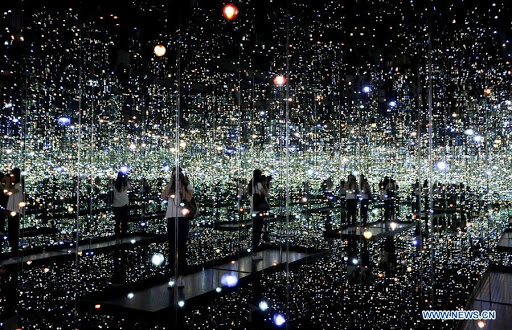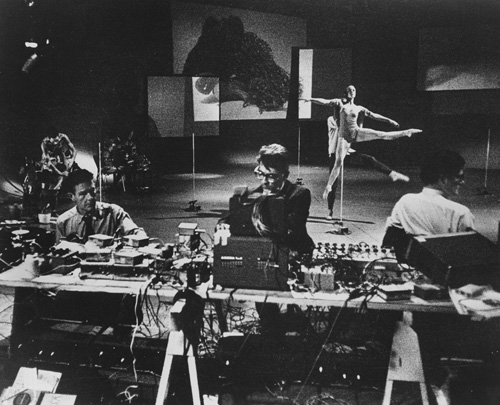K-factor or Kosmorganic factor
Deep diving…
For travelers in a hurry or new to Kosmorganica, it’s quite easy to mistake outside territory for a Kosmorganic destination. The mystery lies in its invisible nuances that evoke a sublime quality verging on a spiritual experience. Energy, intention, and resonance are Kosmorganic elements that can be near impossible to measure by the eyes and ears of the average person. Places with abstract patterns and immersive colorful lights may physically resemble Kosmorganica, but they lie outside Kosmorganica borders if they do not touch the k-5: mystical, cosmic, harmonic, sensorial, and immersive.
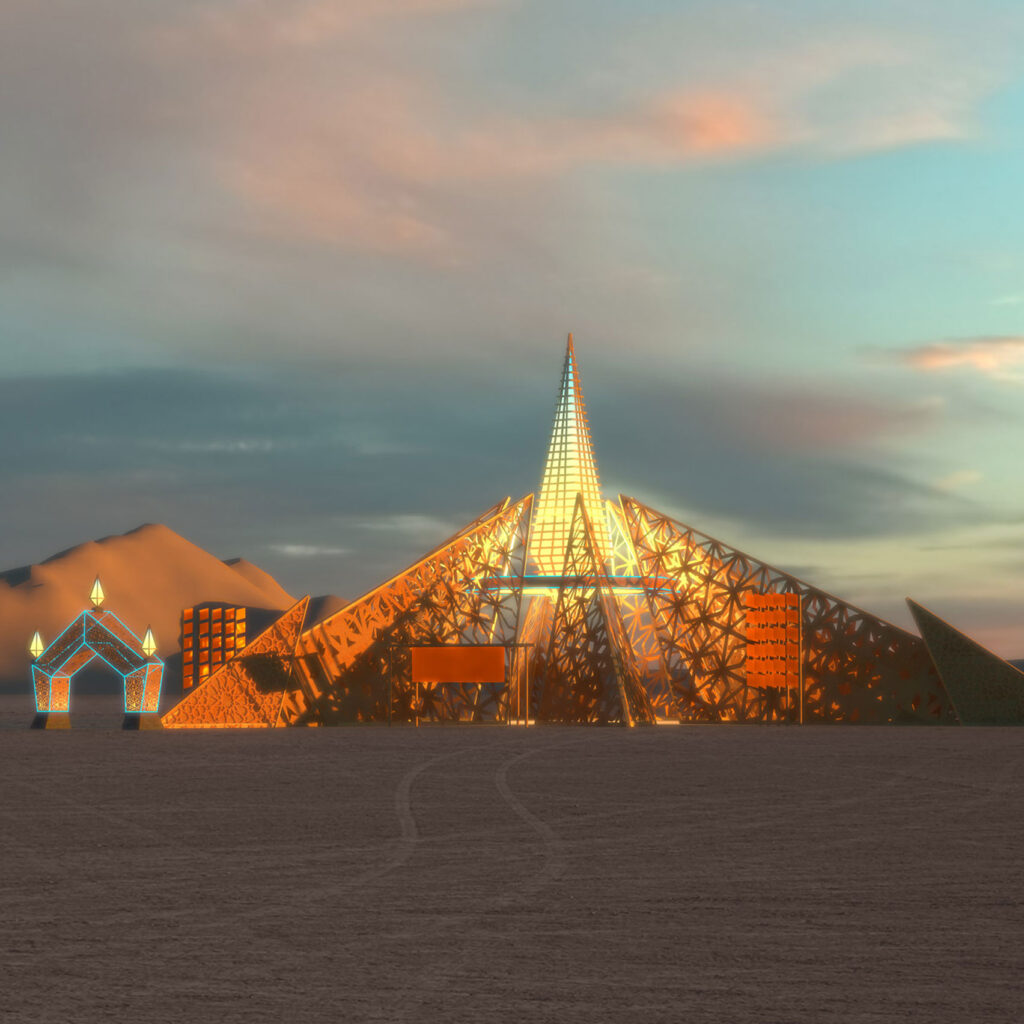
Burning Man Festival
k-factor= 0.5-?
The Burning Man festival is not Kosmorganica, but some works included in this one-week event could have high k-factor. For historians and sociologists, Burning Man is considered a folk festival that originated as an annual summer solstice ceremony by a group of San Franciscan New Agers in the 1980s. It has grown to monumental proportions in the desert as a contemporary folk American phenomenon. Its popularity could be attributed to the rise of alternatives to the exclusive art world and a need for liminal rituals lacking in secular society. It is difficult to judge if visitors are experiencing higher states of consciousness from the intake of shamanic medicine and psychedelic drugs or from the built environment or both.
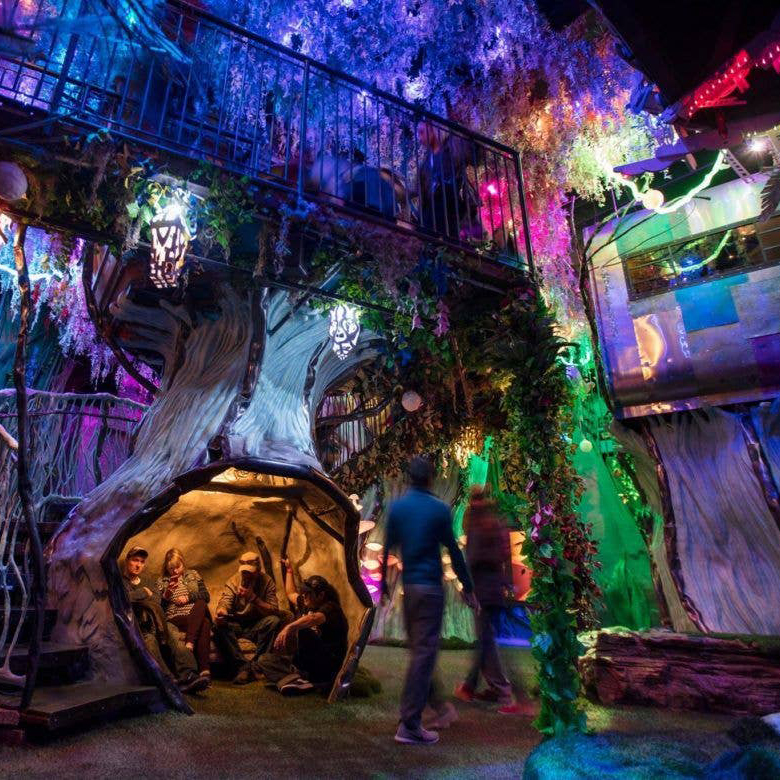
Meow Wolf
k-factor= 0
Meow Wolf is an artists’ squat party, rated-G. There’s nothing wrong with that, especially for family fun where kids can run amok. It is bursting with colors, lights, and noise. It is certainly an immersive spectacle. However, frequency-wise, Meow Wolf may have the opposite effect on the body and spirit than a typical sight in Kosmorganica; Packed with humans, Meow Wolf, can feel like one is trapped inside the kids’ jungle gym. Jungle being the operative word. Kosmorganica’s sublime, contemplative, and cosmic are absent from this arty funhouse. If you are lucky to experience an individual room (sans screaming toddlers) it may elicit aspects of Kosmorganica. However, you will quickly understand why Kosmorganica has an emphasis on sound, space, air, light, slow visceral experience rather than pure object surface.
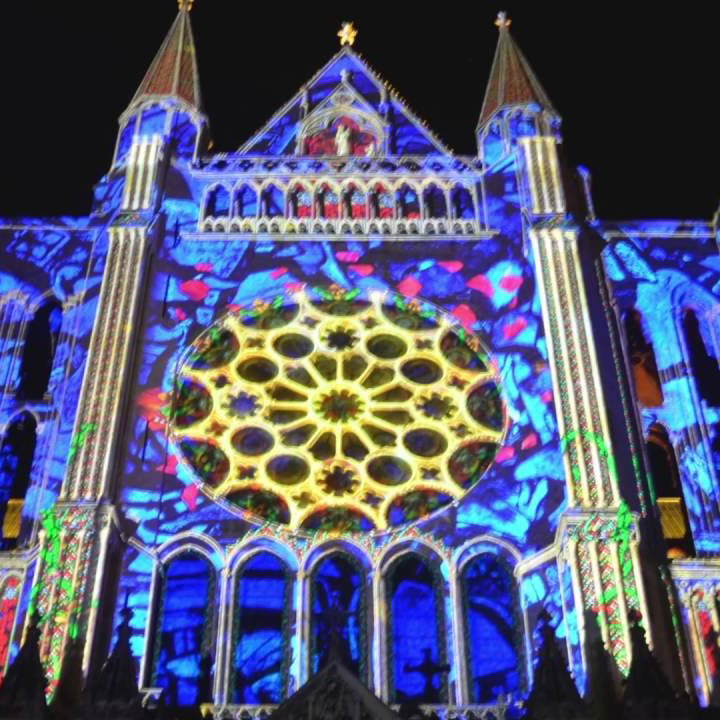
Chartres Cathedral light show
k-factor= 1.0
With new projector technology, mapping or beaming light on to buildings are popular at European art festivals and with Chinese urban advertising. Reminiscent of the 1970’s light and fountain shows of Las Vegas, these eye-candy spectacles have a razzle-dazzle mesmerizing impact. It does not make the k-factor charts. However, this one received a 1.0 k-factor because it took place at Chartres Cathedral whereby the Golden mean proportions of Renaissance architecture inform the aesthetic of Kosmorganica. To help clarify confusion there is an important distinction between atmospheric expanded cinema and mapping light shows. Sculptural light objects and immersive contemplative installations earn k-factor for their ability to provoke cosmic consciousness. City light spectacles that throw light wallpaper onto monuments and skyscrapers fall in line with fireworks displays. These latter two although often beautiful and mesmerizing are essentially not Kosmorganica, but we understand the confusion.
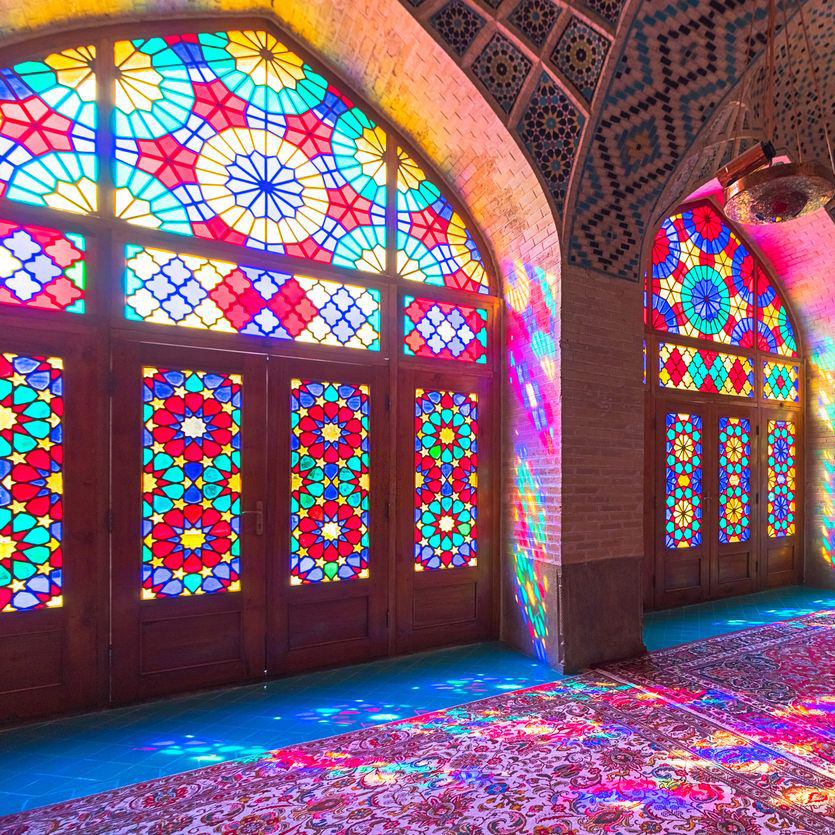
Pink Mosque, Shiraz, Iran
k-factor= 4.5
Muslim religious architecture usually receives a high k-factor for its sacred geometry, rhythmic patterns, and vibrating color frequencies. Add chanting to the Pink mosque in particular, it has some of the highest marks. Some visitors are surprised to find us in such religious dwellings. Kosmorganica’s fascination with pattern and sacred geometry are mostly found in spiritual architecture, such as Ancient Egyptian and Greek temples, Neolithic rock formations, and Zen and Ch’an Buddhist rock gardens.
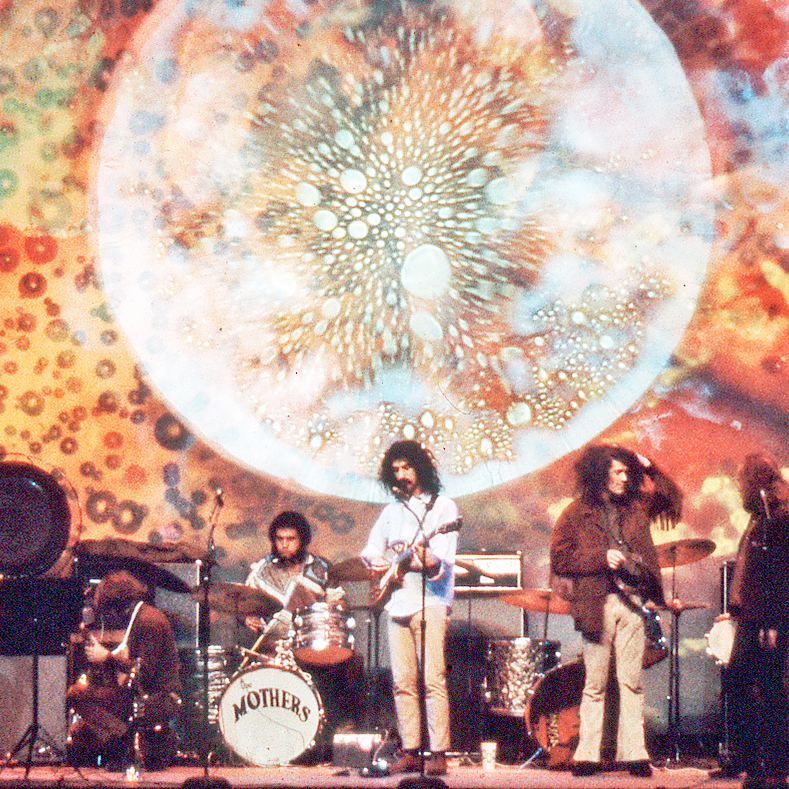
Joshua Light Show
k-factor= 3.8
We were really excited to hear that Joshua White has revived his 1960’s light shows after a 3-decade break. Projected splashes of colored ink in oil never get old to witness. The k-factor depends upon his collaborating musicians against his immersive psychedelic shows. Back in the day with Hendrix and Zappa, his collaborations would be at least a k-factor of 3.8. With today’s immersive stage sets, electronic ambient, and drone metal music, it’s possible the Joshua Light Show upgrade could be hit between a 4.0-5.0 k-factor.
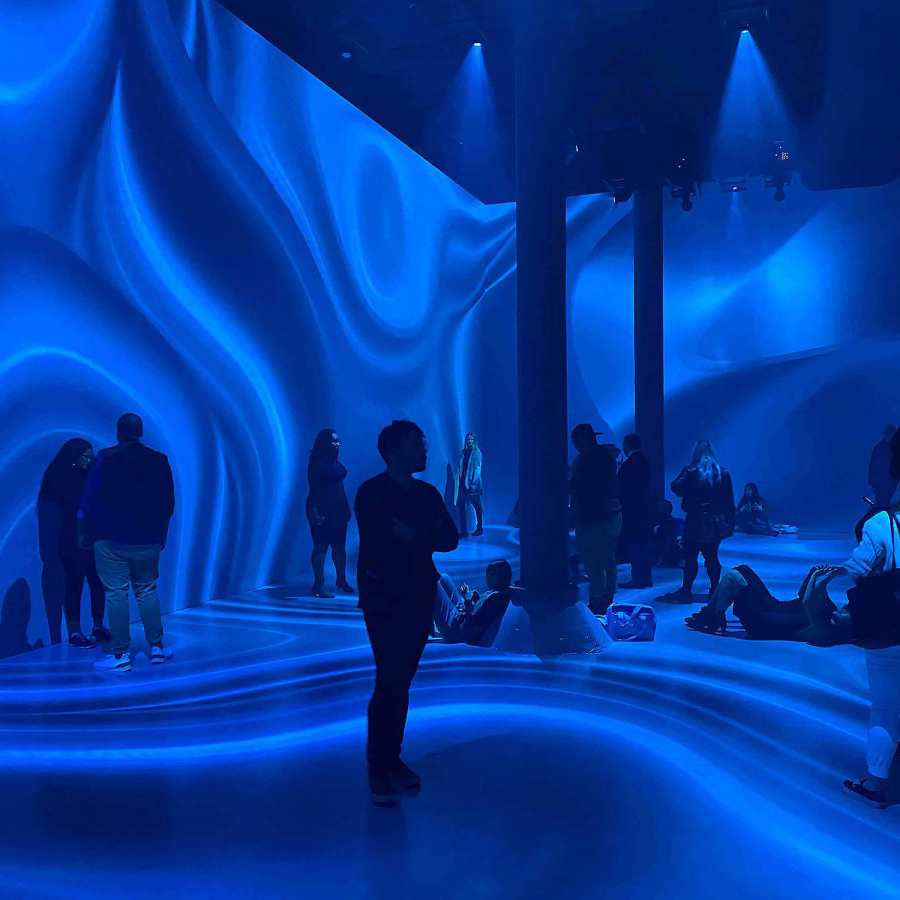
Artechouse-Pantone
k-factor= 0
Much of Kosmorganica is context-dependent with metaphysical forces at play. High tech spectacles sponsored by billion-dollar corporations as advertisements are just that, high tech advertisements, albeit immersive and engaging. Visitors should not confuse eye candy with Kosmorganica, otherwise, they might wake up in their hotel and mistake their laptop screen saver for Kosmorganica.
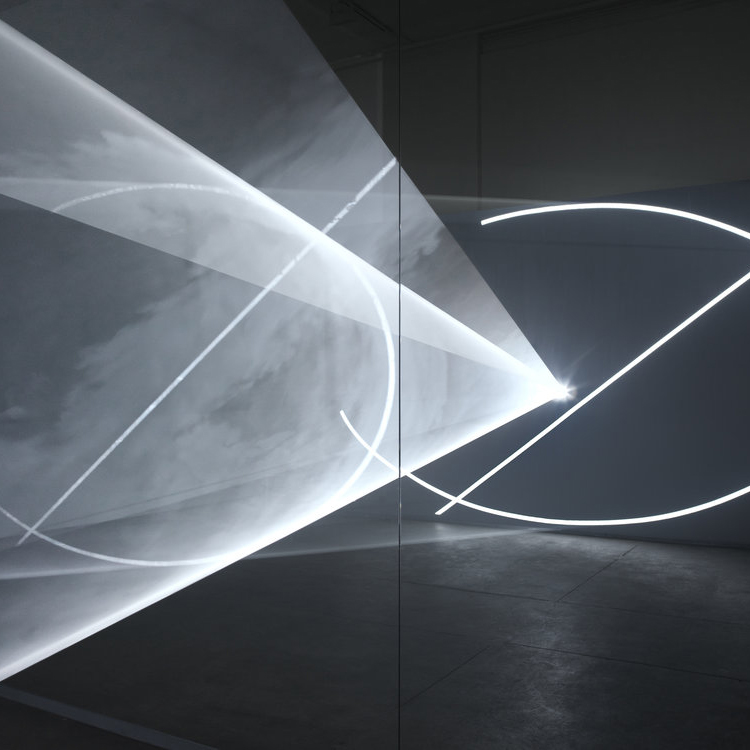
Anthony McCall’s ‘Split Second Mirror’
k-factor= 4.8
Visitors expect fields of color and dancing patterns for sights with a high k-factor. This is not always the case. Light emits a frequency and sometimes the simplicity of just white light and basic forms can bring us back to a primordial state of the sublime and to higher planes of consciousness. After all, the Ultimate or Supreme is represented by a circle with a dot in the middle. Remember the K-5: mystical, harmony, cosmic, sensorial, and immersive.

Ritz Carlton spa, ‘ESPA’ Moscow
k-factor= 0
Some readers were disappointed when they heard that their favorite spa that made them feel like a new person, received a 0 k-factor. Yet, some Japanese and middle eastern public baths received some k-factor for their architecture and tradition linked to spiritual ritual. The Ritz Carlton Spa in Moscow floats on the surface, albeit probably feels good. Please do not misread their low score; Kosmorganians are not Pythagorean ascetics who reject bodily pleasures; However, if they go to the spa, it is a spa and not Kosmorganica. For clarity, sensorial is not equivalent to indulgence in physical delights. No doubt, a spa treatment can assist people to get out of their head and in touch with their body. Kosmorganica goes one step further and helps visitors connect with the universe and not their ego.
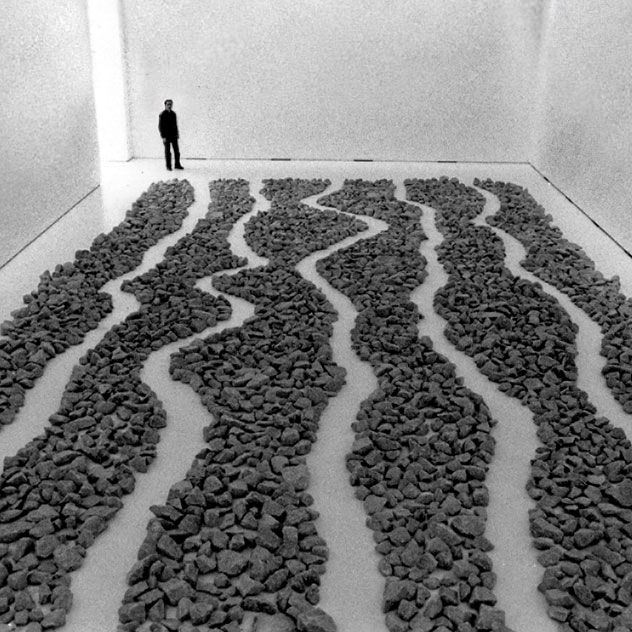
Richard Long, ‘5 Paths’
k-factor= 3.5
Richard denies any metaphysical explanation in his work process that centers around nature’s simple elements of rock and earth. He remains faithful to a rational ecosophic practice riding. Despite his rejection of spiritual connection which locals read in his cosmological earthworks, he received a pretty high k-factor of 3.5. It may even venture into the lower 4.0’s when he takes his installations outside the museum’s walls.
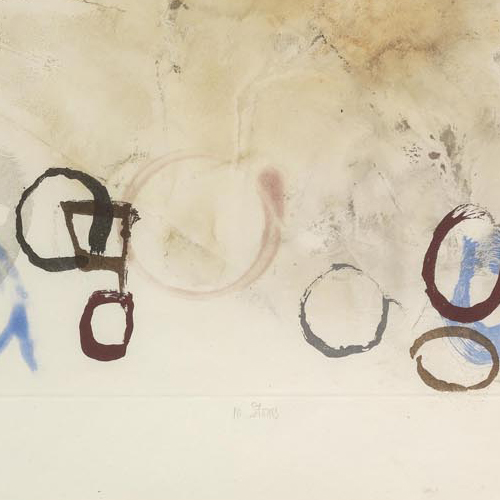
John Cage
k-factor= .8-1.5
If you’ve read the writings of John Cage, you’d imagine his work to hover mid-range of a 3.0 k-factor. Philosophically with his interest in metaphysics, collaboration, and integral thinking, he is like a local. Yet, artistically his work is not at all Kosmorganian, with the exception of his visual prints and watercolors. A great influence on contemporary experimental music and art, we wish we consider John one of us, but unfortunately, he is outside the scope of Kosmorganica.
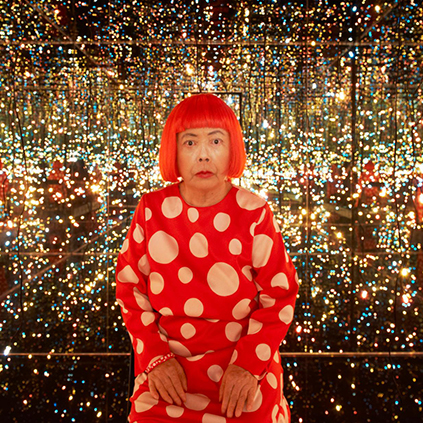
Yayoi Kusama’s Infinity rooms
k-factor= 4.8
In the 1960’s Yayoi began painting polka dots on walls, floors, trees, and animals. She called this process ‘self-obliteration’ a means to dissolve the ego in order to experience interconnectedness. Adding mirrors she achieved the feeling of a limitless cosmos in her ‘Infinity rooms.’ Mystical, yes. Cosmos, most definitely. Immersive, can’t beat it. Harmony, like a Pollock painting in space. Sensorial, nothing to say, but just feel the rhythm.
Thousands of illuminated colors blinking at the speed of light-isn’t this the very illustion of life in our transient world? -Kusama (2002)

